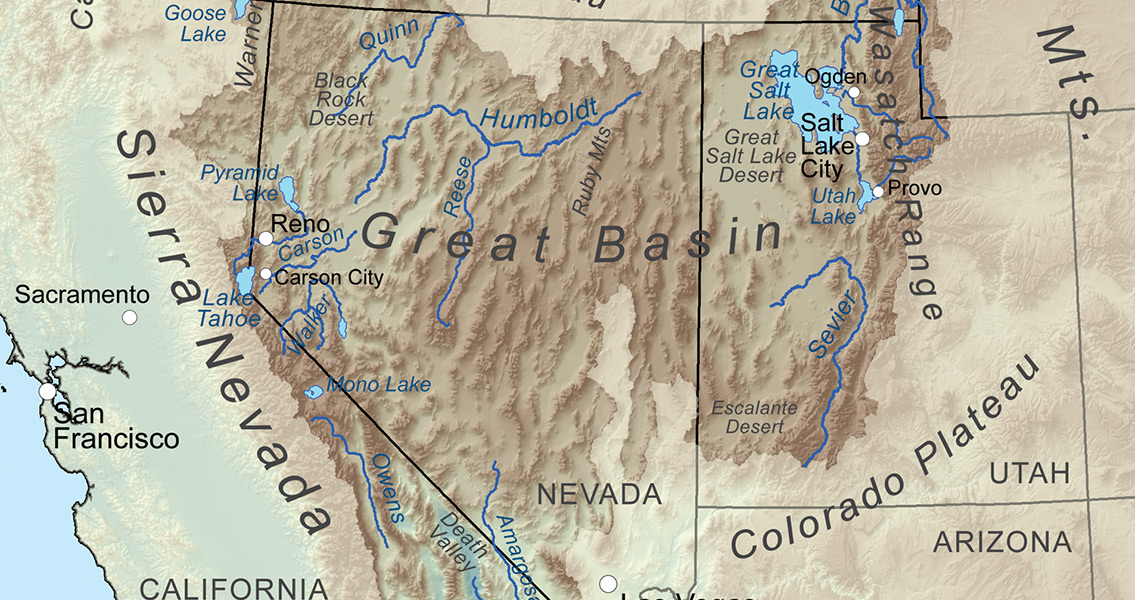<![CDATA[A new study by scientists from the University of Oregon suggests that human caused changes to the environment have affected the resilience of ecosystems, while a period of natural rapid global warming 13,000 years ago did not. By focusing on owl vomit, in the form of small, fossilised pellets of undigested bones, hair and teeth that the prehistoric owls regurgitated, the University of Oregon scientists were able to analyse a large fossil record from the Utah section of the Great Basin. These pellets were made up of the Owls' prey, usually small mammals no bigger than a modern house cat. Using these fossils, the scientists have concluded that during the period of rapid global warming 13,000 years ago, which occurred at the end of the last Ice Age, the small mammal community remained stable and resilient. Conversely, human caused changes to the environment have resulted in a significant drop in biomass and "energy flow" in the same small mammal community. 'Energy flow' in a community refers to the amount of energy needed to sustain a group of animals over a set period of time. The study, recently published in the Proceedings of the National Academy of Sciences (PNAS), is the first of its kind to track an ecosystem property such as energy over a period of thousands of years. Rebecca Terry, an assistant professor in the College of Science at Oregon State University, said in a press release that "These owl pellets provide a really spectacular fossil record that allow us to track biologic changes continuously through thousands of years". Since 1800 the earth has been undergoing a period of global warming, with scientists still debating the extent to which this is a natural process or a direct result of human activity such as industrialisation. The study argues that whatever the causes of the current period of warming, the response of the Great Basin ecosystem is different to 13,000 years ago. "They (the owl pellets) show a dramatic breakdown in ecosystem behavior since the late 1800s, in a way that doesn’t parallel what happened when major climatic warming took place at the end of the last Ice Age", Terry said. "The current state is driven by human impacts to habitat, and these impacts have been a stronger force in shaping the mammal community over the last century than just climate change". As the last Ice Age ended, even though vast lakes evaporated and vegetation made a transition from forest to desert, energy flow remained roughly constant. When certain species declined another group would take its place. This compensation in energy flow is not taking place in the current period of global warming. The study analyses 'novel anthropogenic impacts' (environmental pollution and pollutants originating from human activity) as the key causes for the changes to the Great Basin ecosystem. A key example given is the replacement of shrub lands by invasive grasses in the Great Basin's desert. Shrinking shrub habitats in the desert have led to a shift in the composition of the small mammal community: larger shrub affiliated species have declined, while smaller grass affiliated ones have become dominant. This change in ecosystem has also resulted in more frequent fires. "...this research shows that ecosystem level properties, which are often assumed to stay relatively stable even when perturbations happen, are now changing as well. The ecosystems are losing their natural resilience, the ability of one group of species to compensate for the loss of another." Terry said in the press release. The study has the potential to be useful for modern conservationists, allowing the effects of human land use on ecosystems to be separated from those of climate change. For more information: www.pnas.org Image courtesy of Wikimedia Commons user: Great Basin]]>
Study Suggests Humans Have Affected Ecosystem Resilience
